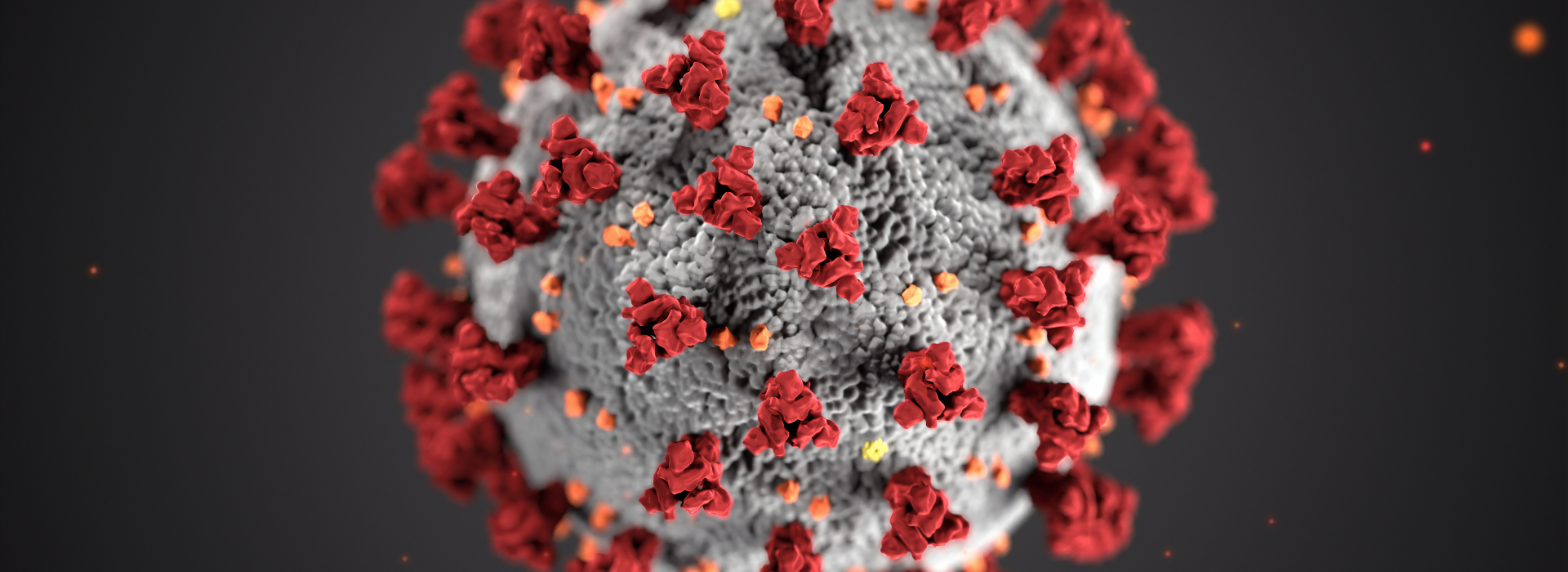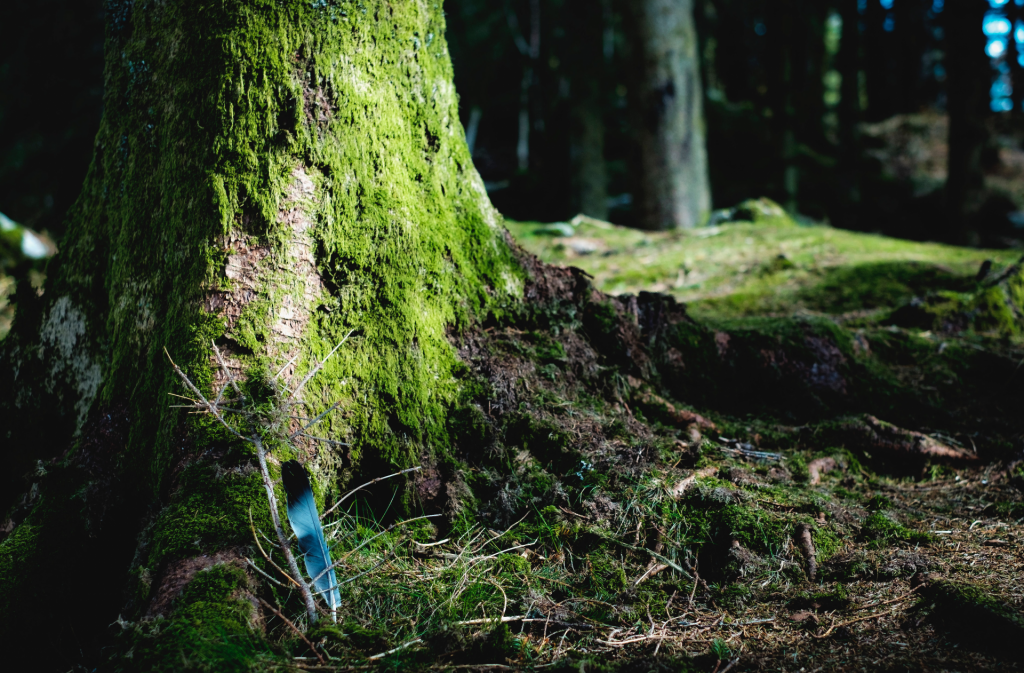

Timely – Biology recap
Given the horror stories circulating these days, I thought of reminding you of some of the things we have learned in school.
What is life? We do not know. However, to say that something is alive, it must fulfil seven functions (at once) – it must feel, breathe, grow/develop, reproduce, excrete, feed.
The cell is the smallest entity that has all those functions. For this, it has “organelles”, the equivalent of organs. The cell:
Think about the fact that around 3000 (bio)chemical reactions take place in every cell of your body. The same thing happens in bacteria and fungi found on the inside and outside of a body. Keep in mind that the number of bacteria and fungi exceeds that of the cells of a body.
All beings made up of at least several cells perform the functions listed above. Many beings have organs that mediate these functions – brain, lungs, heart, kidneys, liver, etc.
All these functions occur because there is a “database” inside the cell that provides the necessary information. This database is stored in the deoxyribonucleic acid (DNA) molecules, which are composed of sequences of nitrogenous bases. Three of such bases form a “codon”, which contains the necessary information for the synthesis of an amino acid.
Decoding the DNA sequence involves the ribonucleic acid (RNA) molecule that copies the codon sequence of the DNA then “translates” it into the amino acid within the ribosome (the organ discovered by Palade). Some people spend a lifetime studying “only” the replication processes, so vast is the field.

A virus cannot perform any of the seven functions listed above. It is a fragment of DNA or RNA (SARS-CoV viruses are RNA type of viruses) surrounded or not by a protein/lipid coating. Their origin is unknown, and their insertion into living cells is absolutely necessary for their “multiplication”. They enter into the cell through membrane receptors, the proteins that should also serve as “guardians” of the cell but which the viruses manage to “fool”. The viruses “dress up” in something that membrane receptors recognize as familiar. We, humans, carry a significant percentage of viral genomes in the genetic code since immemorial times. Sometimes they made our existence easier, other times they made a severe “selection”.
Coronaviruses have long been studied. The fact that SARS-CoV-1 and MERS disappeared just as they appeared pushed their research into the shadows. That happened because, within the scientific world, the money usually goes where an emergency occurs.
Coronaviruses have a coating of protein “thorns” that protrude from the surface of the lipid layer. These spikes have been “deciphered”. They are composed of 2 subunits. One serves to adhere to the cell membrane, and the other serves to couple with the cell receptor. The mechanism itself is extremely complex and involves a cell-specific enzyme that helps the virus in this operation.
The receptor to which the virus attaches is the angiotensin-converting enzyme (angiotensin-converting enzyme 2 = ACE2). That is a protease synthesised by the cells of the lung, intestine, liver, heart, vascular endothelium (the layer of cells lining the blood vessels), testicles and kidneys.
The dismantling of coronaviruses happens in the cytoplasm of host cells. That involves transcription and translation of information from their own RNA. It is, however, an incompletely elucidated process. All in all, the coronaviruses end up using the protein synthesis apparatus inside the cell. When enough viral molecules have been synthesised, they begin to assemble within the Golgi cellular apparatus. The antiviral drugs slow down or stop the synthesis of viral components at the cellular level.
We have entered this terra incognita of the wild beings, where natural selection happens, including through viruses. Our planet is not a friendly realm. Life is a game of elements (those in the periodic table) and molecules, coordinated by laws we have barely deciphered. The meaning of life is not the pursuit of happiness, but perpetuation and propagation through offsprings that adapt to any conditions.
The fact that some atoms of carbon, nitrogen, phosphorus and oxygen have once formed an information-bearing structure is part of this game that started almost 14 billion years ago when the first elements appeared – hydrogen and helium. That structure can be extremely small (viruses) or somewhat bigger (the genome of any being), but it is everywhere the same.
We, humans, are like galaxies through which small pieces of information circulate. Sometimes they wreak havoc. Other times they pass into another stage of the order we call chaos.